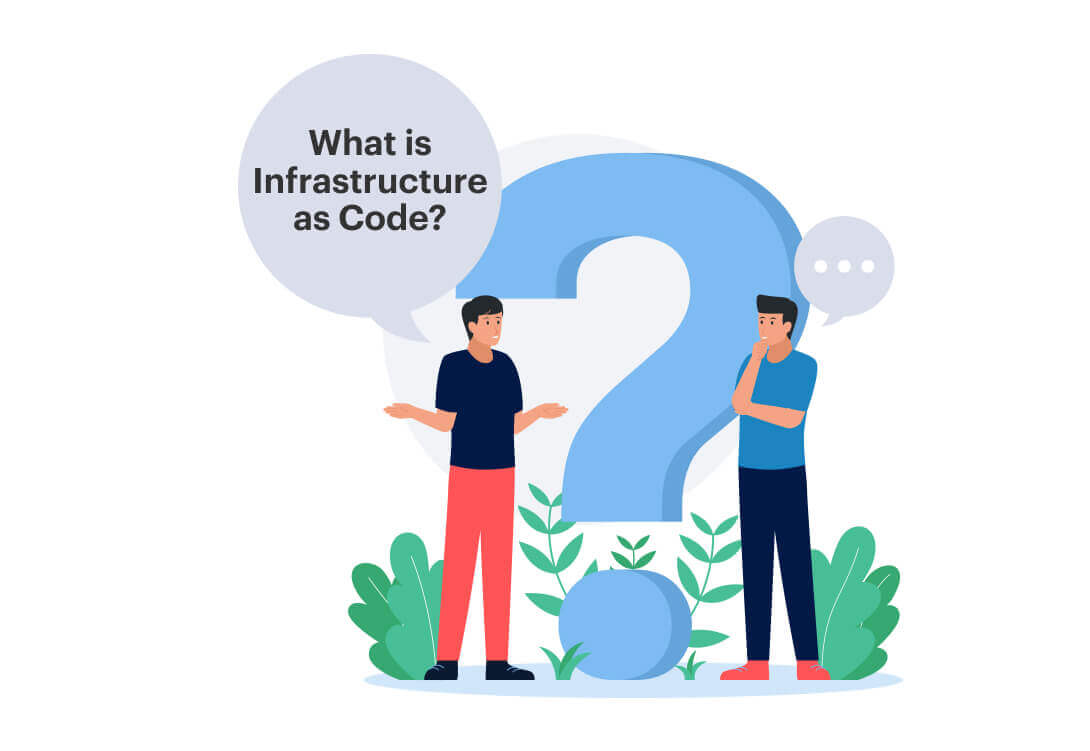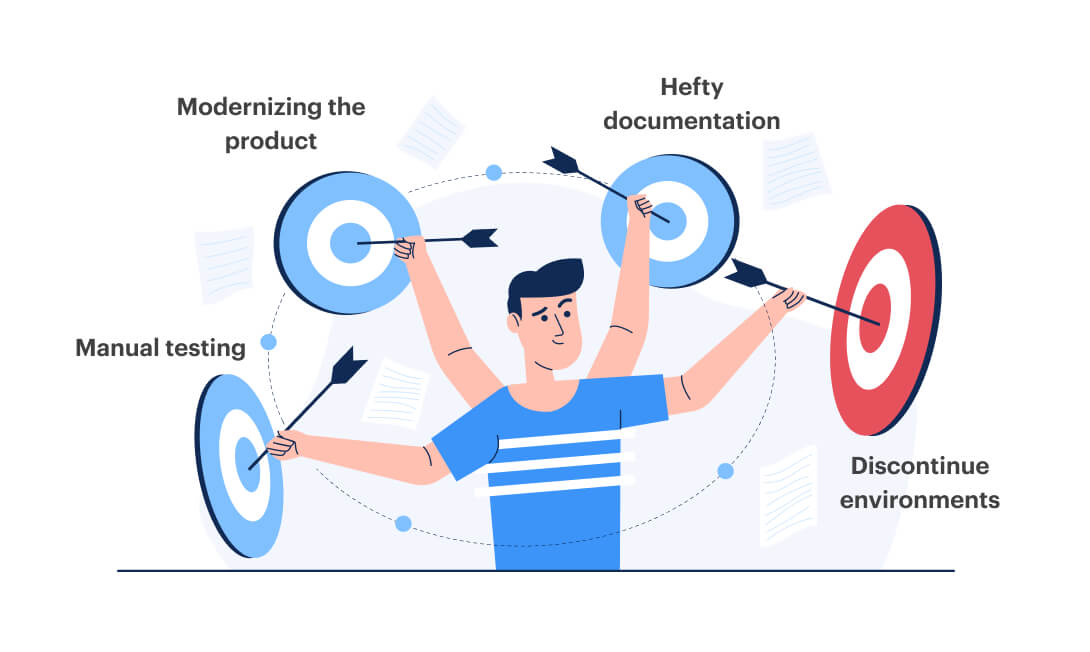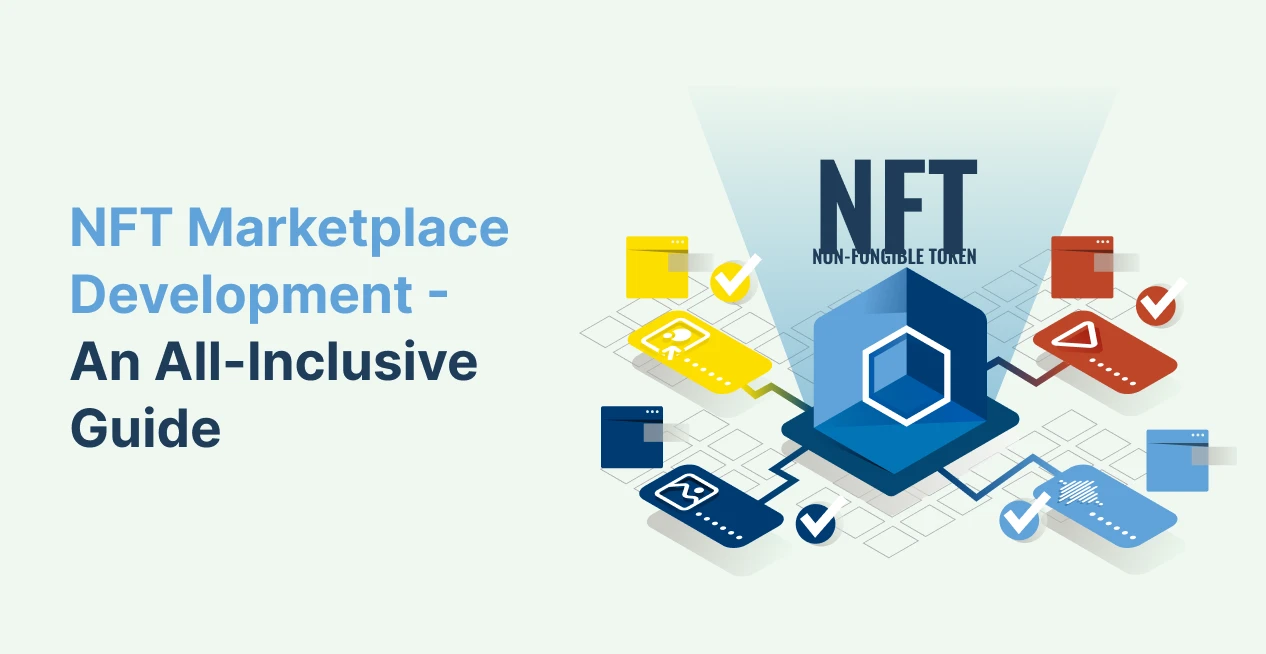In the dawn of modern enterprise, architecture is defined by Infrastructure as a code (IaC). By virtualizing the entire ecosystem, businesses can design, provision, and manage the components of the ecosystem entirely in the software. This results in infrastructure flexibility and cost-efficiency in software development organizations. With DevOps‘ help, the businesses can transform into a fully functional data-driven entity, overcoming the limitations posed by the lack of proper infrastructure.
As the business models are shifting from products to digital services, the static approach to the Infrastructure where hardware and software are integrated at the fundamental level is becoming quite restrictive and costly. Today a successful business requires a wide spectrum of scalability and sustainable flexibility in deploying, infrastructure provisioning, and orchestrating disparate data resources.
Let’s dig deep and figure out what is Infrastructure as Code? What challenges can be solved with IaC? And, what are the benefits of Infrastructure as Code in DevOps?
What is Infrastructure as Code?

Infrastructure as Code or IaC manages infrastructure elements such as networks, virtual machines, load balancers, and connection topology. The IaC manages all these components in a descriptive model using the same versioning as the DevOps team uses for source code. Nevertheless, like principles, the source code generates the Infrastructure as the Code model generates the same environment every time implemented in the production environment. The Infrastructure as Code is an essential DevOps practice and is used along with continuous delivery.
Infrastructure as Code uses high-level descriptive coding language to automate the provisioning of the IT infrastructure of an organization. Moreover, the implemented automation eliminates the developers’ need for manual provisioning and server management.
In a competitive era, the organizations have to deploy several applications into the production environment daily. Especially, when the infrastructure is constantly being spun up, scaled up and down, and torn down to cater to the demands of developers and users. To overcome these challenges the businesses need to automate the infrastructure to control costs, reduce risks, and swift response to the feedback. The IaC solutions make it possible for companies.
Challenges solved by Infrastructure as a Code

Since now we know what Infrastructure as Code is, let’s look at the challenges that IaC solves.
Manual Testing
Continuous testing in DevOps is a critical practice ensuring the quality of the software. However, the manual process of constant testing results in ambiguity in the products due to human errors. Infrastructure as Code allows the DevOps engineers to implement automation in the testing environment. It makes the unit, functional, and integration tests quicker and hassle-free for the developers. Moreover, the IaC also allows the developers to detect the bugs early, preventing the organizations from costly rework.
Modernizing the product
One of the most daunting tasks that a business faces is keeping its products updated with modern requirements. Often, it is a manual, time-consuming, and resource-engaging process. On top of managing the IT infrastructure to ensure the product runs smoothly is yet another challenge that every organization has to overcome. Infrastructure as Code allows the organizations to reduce the number of network engineers and hardware maintenance technicians. It also allows the businesses to overcome the limitation of the manual configurations and help the developers to improve the speed of development and delivery.
Hefty documentation
DevOps practices require lengthy, detailed documentation of every process from continuous development to continuous operations. Maintaining these documents can consume the developers’ precious time, which can instead be used to resolve bugs or respond to feedback. Nevertheless, Infrastructure as Code helps the software developers to put an end to the need for manual documentation. The Code of IaC itself documents the machine’s state, implying that the infrastructure documentation will always be up to date.
Discontinue environments
Unlike the old saying, “works fine on my system” it is critical to ensure that the software must work spotlessly in any testing, production, and end-user environments. The Infrastructure as Code provides continuity in the environment. This is because it allows all the environments to be created and configured automatically. As a result, no room for human error is left, which helps in improving the speed of software development and infrastructure operations
Benefits of Infrastructure as a Code
The challenges mentioned above exhibit the criticality of Infrastructure as Code in DevOps. Let’s look at some of the benefits that an organization can leverage using Infrastructure as a Code in its DevOps lifecycle.
Consistency with faster speed
The primary benefit of Infrastructure as Code is that it makes things faster. It does so by eliminating the manual processes and the slack in these processes. A code-based approach makes it easier for software developers to do more in less time. Infrastructure as Code allows the developers to bypass the IT admin for a manual process. Consistency is one of the key IaC benefits that helps developers implement the changes globally while keeping the exact version of the software.
Efficient software development lifecycle
Infrastructure as Code shifts the power and control to the developer’s hand. The IaC deployment allows the developers to script the Code once and use it multiple times, saving time effort while keeping and maintaining complete control. As infrastructure provisioning has become more reliable and consistent with IaC, developers can focus on more application development.
Reduced management overhead
In the world of data centers, there was a dire need to have admins to govern and manage storage, networking, and compute various layers of hardware and middleware. However, it might not be possible without proper infrastructure. The Infrastructure as Code eliminates a need for these multiple roles. These admins can now identify new technology they want to implement in their software.
Best Infrastructure as Code tools available in the market
Looking at the benefits mentioned above, it is clear that organizations are looking for the best IaC tools for their business. Listed below are the best Infrastructure as Code tools that a business can look forward to in 2022:
Terraform
Created by Hashicorp, Terraform is an infrastructure provisioning tool. It allows the DevOps engineers to describe their Infrastructure as a code creates execution plans that will outline exactly what will happen when they run Code. It also allows the developers to build graphs of their resources and automates the changes with minimal human intervention. The tool is cloud-agnostic, enabling the developers to automate multiple infrastructures from various cloud service providers simultaneously.
AWS CloudFormation
AWS CloudFormation is a configuration or orchestration tool that allows the developers to code their Infrastructure and automate their deployments. The tools enable the software developers to preview the proposed changes into the AWS infrastructure stack and see how they impact the resources.
Chef
Chef is one of the most popular Infrastructure as Code tools available in the market today. It is a configuration management tool that organizations use in their continuous delivery and integration processes. The tool enables the developers to create “recipes” and “cookbooks” using its Ruby-based domain-specific language (DSL). Moreover, these cookbooks and recipes provide specific steps needed to achieve the desired configuration of the applications and utilities of existing servers.
Docker
Docker allows the software developers to create containers that package their Code and dependencies together so that their application can run smoothly in any environment. Nevertheless, the tool enables the developers to access the application from their local workstation to any cloud service provider’s servers.
Puppet
Puppet is among the leaders of Infrastructure as Code tools. The tool’s Ruby-based DSL helps the software developers to define desired end state of their Infrastructure. Also, Puppet automatically enforces the desired state of the Infrastructure to the delivery environment, fixing any incorrect changes.
Conclusion
Infrastructure as Code goes far beyond infrastructure automation. It includes DevOps best practices incorporation into automation scripts. This ensures that the final product is error-free and deployed to multiple servers. The IaC solutions also allow the developers to recall the product or update in case of any issue and are engaged by both development and operation teams. Nonetheless, incorporating Infrastructure as Code can be quite challenging for organizations. In order to ensure a seamless infrastructure, experts are a must for the business. Connect with us to help your company implement adequate Infrastructure as Code to your business processes.








